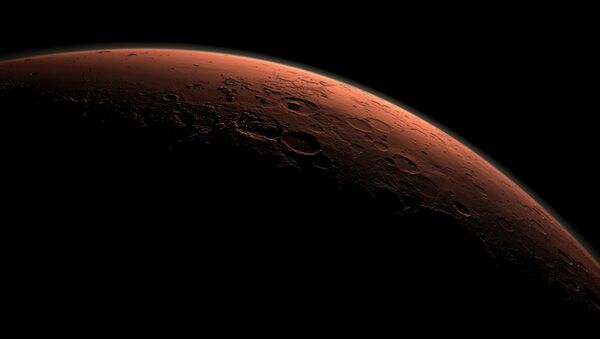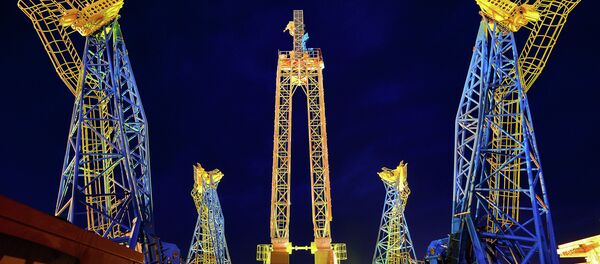The BIOS-3, or the Biological Support System, is an experiment which was started in the early 1960s.
“The idea was very simple and attempts to create a prototype of a future station on a different planet, for example, on the Moon or on Mars, outside the biosphere,” Senior Research Scientist at the Institute of Biophysics Egor Zadereev told RT.
The experiment took place during the Cold War in a scientific institute in Siberia 4,000 kilometers from Moscow, in Krasnoyarsk.
Some of the scientists spent a lot of time at the facility: 74-year-old top engineer Nikolay Bugreyev was inside the BIOS-3 for 13 months in total and was nicknamed the “Siberian Martian,” according to RT.
“I lived in this compartment. It's really small but it was enough, it's just 5 square meters. There was a table, a bed, a shelf for clothes, and that was it, you don't really need anything else,” he told the Siberian Times.
“You could see outside of the round window, there were colleagues walking there, researchers, they were waving to us. But we couldn't really speak because you couldn't hear anything through the walls. We used a special phone if we needed to communicate. Relatives would visit on the weekends,” he added.
The BIOS-3 was completely self-sufficient as it was about 315 cubic meters, divided into four spaces linked by hermetically sealed doors. There was a common space with a kitchen and a bathroom where people could have some rest, talk to their colleagues, monitor how the system operates.
The other two compartments had plants: wheat, oilseeds and vegetables, providing a balanced diet for the ‘bionauts’. Their diet consisted of wheat, soy beans, salad, chufa, carrots, radishes, beetroots, potatoes, cucumbers, cabbage, and onions grown in a greenhouse using artificial lighting.
The plants also produced oxygen, absorbed carbon dioxide and supported the water cycle making the BIOS-3 suitable for living.
Currently the BIOS-3 team is working on smaller-scale programs as they enhance the system’s sustainability by making the air cleaner, growing more food and slowly restoring BIOS-3 by adapting it to modern conditions.



